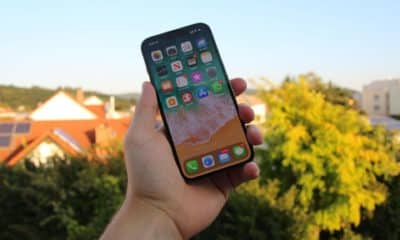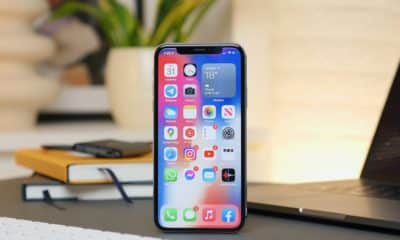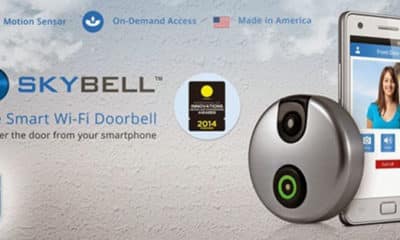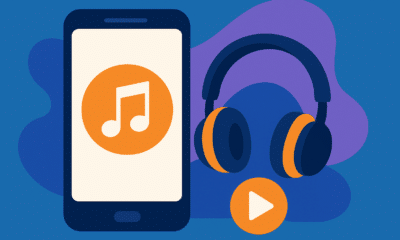Phones
Set Up My New Android Device: Full “How To” Guide In 5 Steps
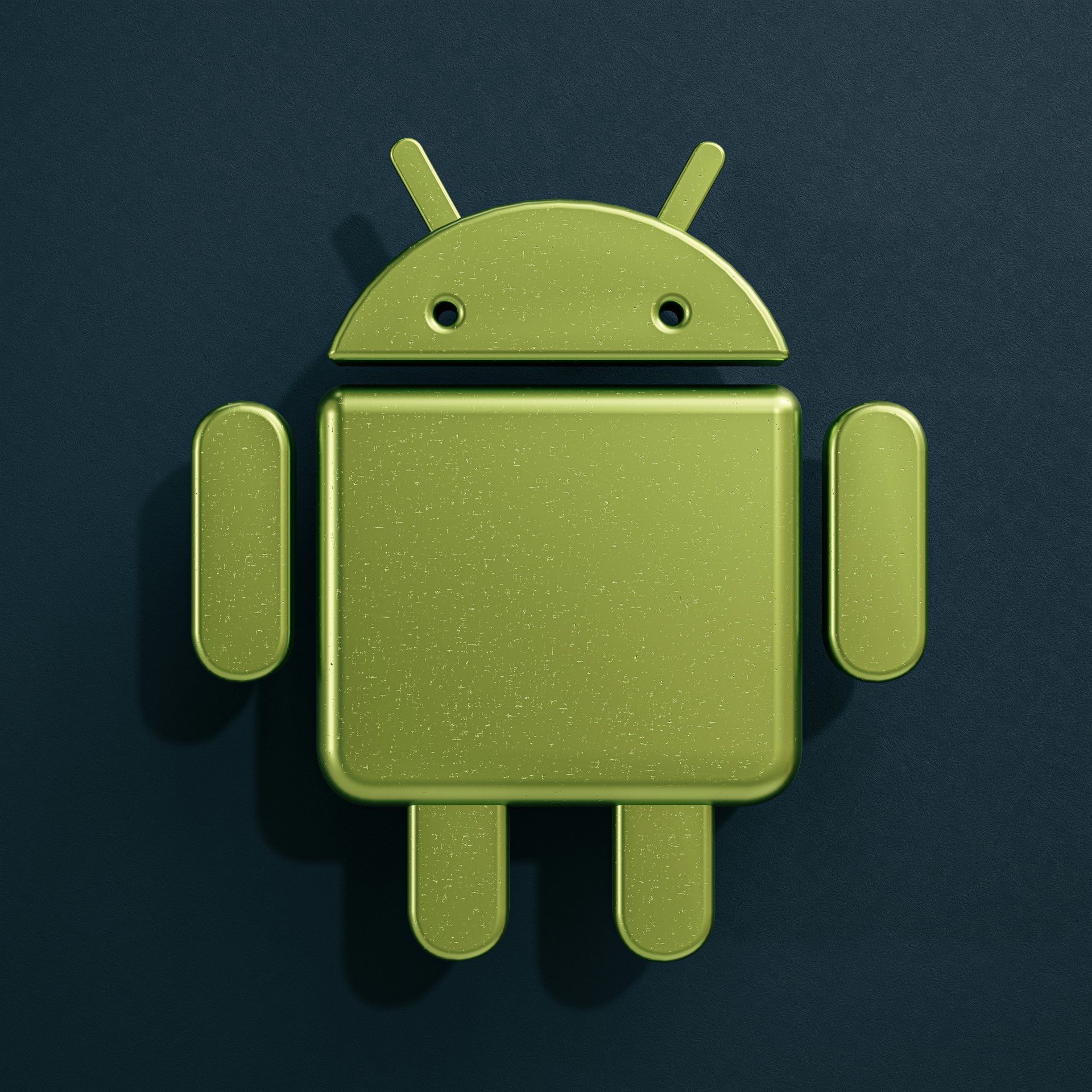
Congratulations on your new Android device! Whether you’re switching from another operating system or upgrading to a newer model, setting up your Android device is the first step to unlocking its full potential.
This guide will walk you through the entire process, from unboxing to personalization, ensuring your device is ready for use. By the end of this guide, you’ll have a fully functional Android device tailored to your preferences and you won’t again ask yourself “how to set up my new Android device”. Let’s dive in!
1. Unboxing and Initial Setup
The first step is unboxing your new Android device. Carefully remove the device, charger, cable, and any additional accessories from the box. Power on your device by holding the power button, and you’ll be greeted with the setup screen. Select your preferred language and region, then connect to a Wi-Fi network to proceed.
If you don’t have Wi-Fi, you can use mobile data, but a stable connection is recommended for a smooth setup process. Ensure your device is charged or plugged in during setup to avoid interruptions. Once connected, your device will check for software updates-install them to ensure you’re running the latest version of Android.

2. Signing In with Your Google Account
Your Android device is deeply integrated with Google services, so signing in with your Google account is essential. If you already have a Google account, enter your email and password. If not, you can create a new account during this step. Signing in allows you to access the Google Play Store, sync your contacts, and back up your data. Make sure to enable two-factor authentication for added security.
During this step, you’ll also be asked to agree to Google’s terms and conditions and set up payment methods for future app purchases. This is also a good time to review privacy settings and decide which data you want to sync with your account.
3. Restoring Data from a Previous Device
If you’re upgrading from an older Android device, you can easily transfer your data. During setup, you’ll be prompted to restore apps, contacts, photos, and settings from a previous device.
You can use a cable, Google Drive, or even a third-party app like Samsung Smart Switch (for Samsung devices) to transfer your data. This step ensures a seamless transition to your new device. If you’re switching from an iPhone, Android provides a dedicated app to help you move your data. Ensure both devices are connected to the same Wi-Fi network and follow the on-screen instructions. Once the transfer is complete, double-check that all your important files and apps have been successfully moved.
4. Customizing Your Home Screen and Settings
Once your data is restored, it’s time to personalize your Android device. Start by organizing your home screen: add widgets, rearrange apps, and choose a wallpaper that suits your style. Next, explore the settings menu to adjust preferences like display brightness, sound, and notifications. Don’t forget to set up biometric security features like fingerprint or facial recognition for quick and secure access.
You can also customize app icons, enable dark mode, and configure gesture controls for a more intuitive experience. Take some time to explore the settings menu thoroughly – Android offers a wide range of customization options to make your device truly yours.
5. Installing Essential Apps and Exploring Features
Head to the Google Play Store to download your favorite apps, such as social media, productivity tools, and entertainment platforms (like emulators). Take some time to explore the unique features of your Android device, such as Google Assistant, split-screen multitasking, and customizable themes. Familiarize yourself with the device’s camera, storage options, and battery-saving modes to make the most of your new gadget.
Don’t forget to install essential utilities like a password manager, cloud storage app, and antivirus software for added security. Android also supports a wide range of third-party apps, so explore the Play Store to find tools that suit your lifestyle.
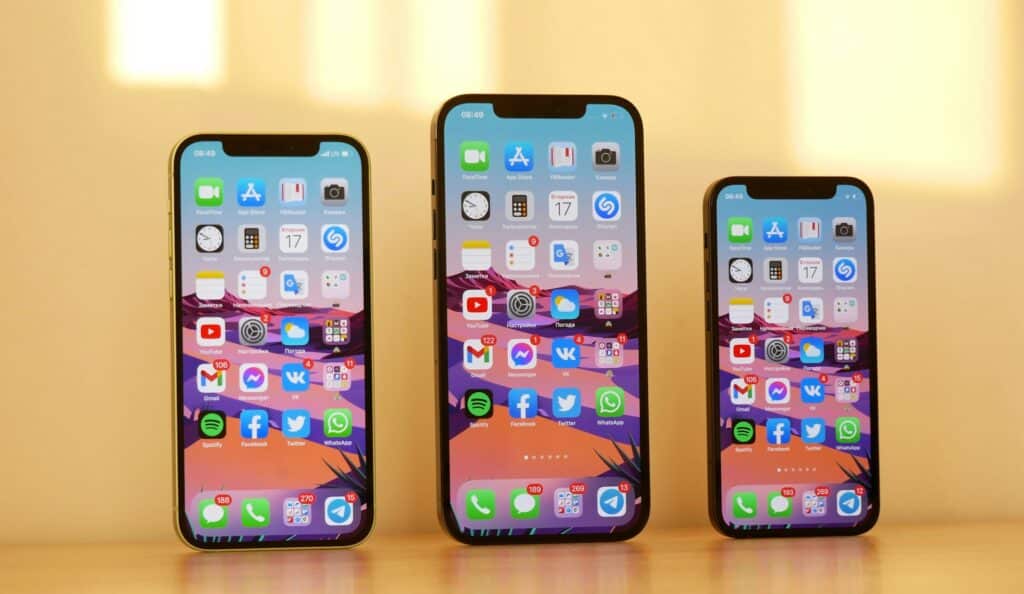
Advantages of Android Phones
Android phones offer unparalleled flexibility and customization, allowing users to personalize their devices with widgets, themes, and launchers. They support a wide range of hardware options, catering to all budgets, from affordable models to premium flagships. Android’s open-source nature enables seamless integration with Google services like Gmail, Maps, and Drive, enhancing productivity.
The platform also supports multitasking features like split-screen mode and expandable storage options. With access to the Google Play Store, users can choose from millions of apps and games. Additionally, Android phones often feature innovative hardware, such as high-refresh-rate displays, advanced cameras, and long-lasting batteries.
Regular updates and compatibility with a variety of accessories make Android devices future-proof and versatile. Whether you’re a tech enthusiast or a casual user, Android phones provide a user-friendly experience with endless possibilities.
Best Android Models to Start With
If you’re new to Android or looking for a reliable device, here are some of the best Android models to consider:
- Google Pixel 8 Pro: Known for its clean Android experience and excellent camera.
- Samsung Galaxy S23 Ultra: A powerhouse with a stunning display and top-tier performance.
- OnePlus 11: Offers great value with flagship features at a lower price.
- Xiaomi 13 Pro: Perfect for photography enthusiasts with its Leica-powered camera.
- Motorola Edge 40: A budget-friendly option with solid performance and a sleek design.
These models cater to different budgets and needs, making them ideal for both beginners and experienced users.
Best Apps to Install on Android
- Google Photos: Free cloud storage for photos and videos.
- Spotify: Stream music and podcasts seamlessly.
- WhatsApp: Stay connected with messaging and calls.
- Microsoft Office: Boost productivity with Word, Excel, and PowerPoint.
- Snapseed: Edit photos like a pro with advanced tools.
- LastPass: Securely store and manage passwords.
- Google Maps: Navigate with real-time traffic updates.
- Netflix: Stream movies and TV shows on the go.
- Tasker: Automate tasks and customize your device.
- CamScanner: Scan documents and save them digitally.
These apps enhance functionality, entertainment, and productivity, making your Android experience even better.
Conclusion
Setting up your new Android device is an exciting process that sets the foundation for a personalized and efficient user experience. By following this guide, you’ve successfully unboxed, configured, and customized your device to meet your needs. Whether you’re a first-time Android user or a seasoned pro, your new device is now ready to help you stay connected, productive, and entertained. Enjoy exploring all the features and possibilities your Android device has to offer.









